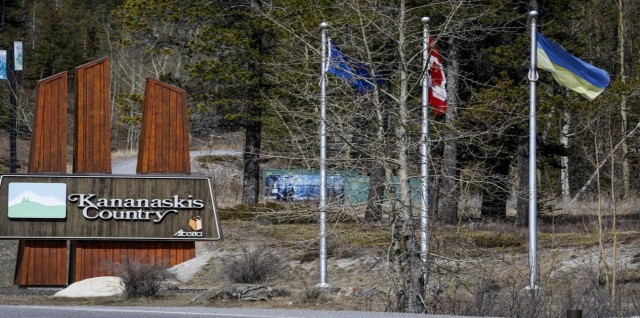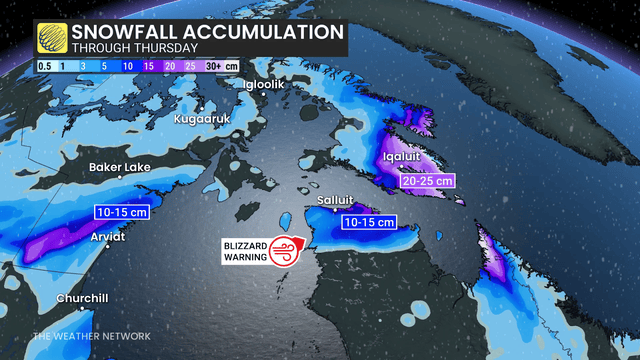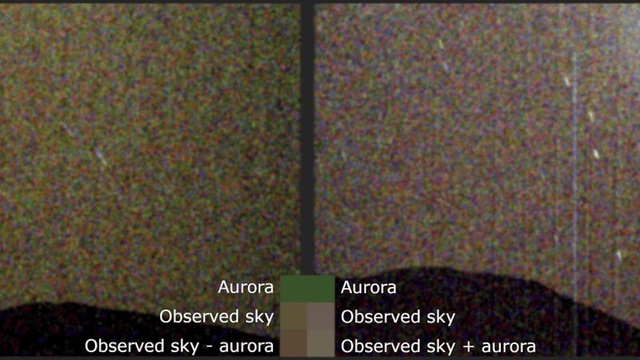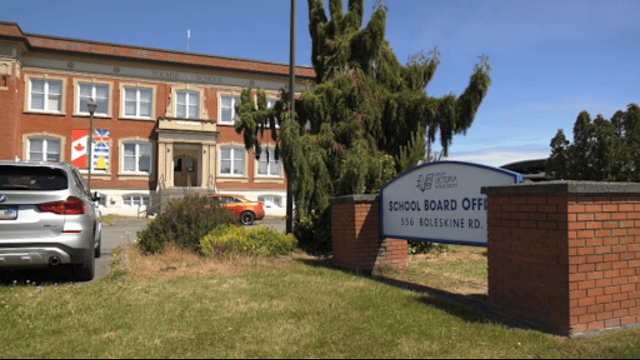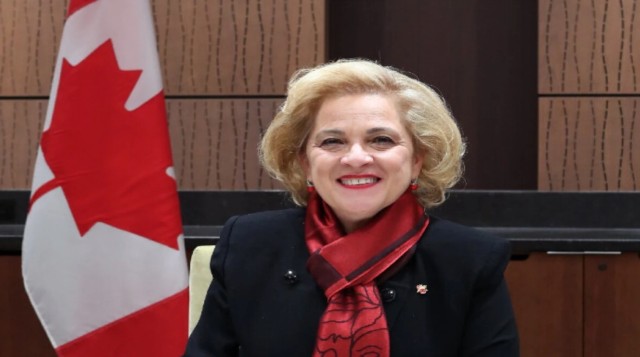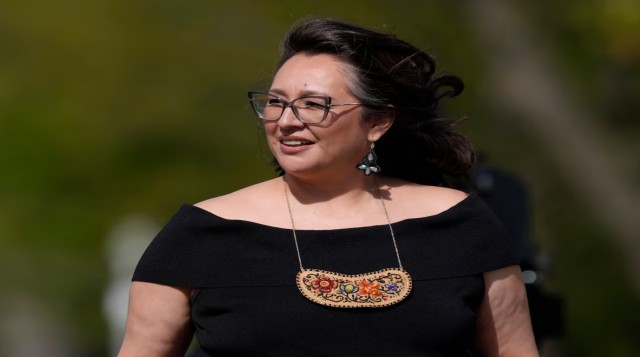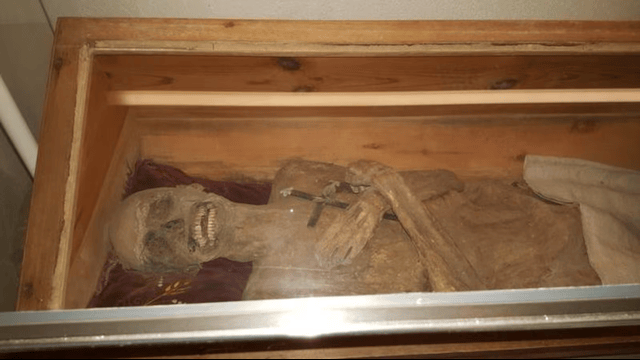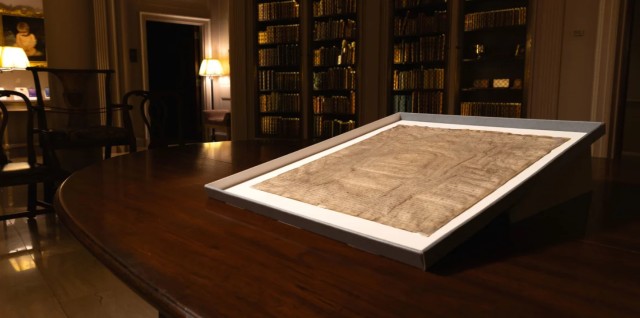
A rare Magna Carta from 1300 is shown in a display case at Harvard Law School in Cambridge, Massachusetts on April 15. AP
Harvard Law School bought a document years ago for just $27.50. They thought it was a copy of the Magna Carta. New research shows it is actually a rare original from the year 1300. This discovery happened when a British historian was looking through Harvard’s online archives.
David Carpenter, a professor from King’s College London, found the document while searching for unofficial copies of Magna Carta. “I finally came to Harvard Law School manuscript number 172… and what I saw was an original of the 1300 Magna Carta,” he said.
He quickly reached out to Nicholas Vincent, another expert, who confirmed the find.
Why Magna Carta matters
The Magna Carta, also called the Great Charter, is one of the most important documents in history. It is seen as the first statement of human rights. The document said even kings must follow the law.
“It put into writing that the king and government are not above the law,” said Carpenter. “The king couldn’t just say, ‘off with your head.’ He had to follow legal steps.”
The Magna Carta set the rule that everyone is equal under the law, a principle still respected worldwide today.
The document’s history
Experts believe Harvard’s Magna Carta is one of only seven surviving copies from King Edward I’s 1300 issue. The size and handwriting matched known originals.
Harvard bought the document in 1946 at an auction in London. At the time, it was thought to be a copy from 1327 and was described as worn and stained. Before that, the document belonged to a World War I pilot and campaigner against slavery. Nicholas Vincent praised its history. “Given where it is and the current issues over rights in America, this is a fantastic story,” he said. How they proved it
Carpenter noticed signs of authenticity right away. The style of handwriting and a big “E” at the start of the text stood for “Edwardus,” referring to King Edward.
The size also matched other originals exactly. Harvard Law School used special imaging techniques to compare the text with other originals. These tests confirmed it was real.
What’s next for the Magna Carta?
The two historians will visit Harvard in June to celebrate the discovery. Carpenter said the document will likely go on display for the public. It will become a prized piece in Harvard’s collection.
Amanda Watson from Harvard Law Library praised the discovery. “This shows what can happen when great collections meet great scholars,” she said.


